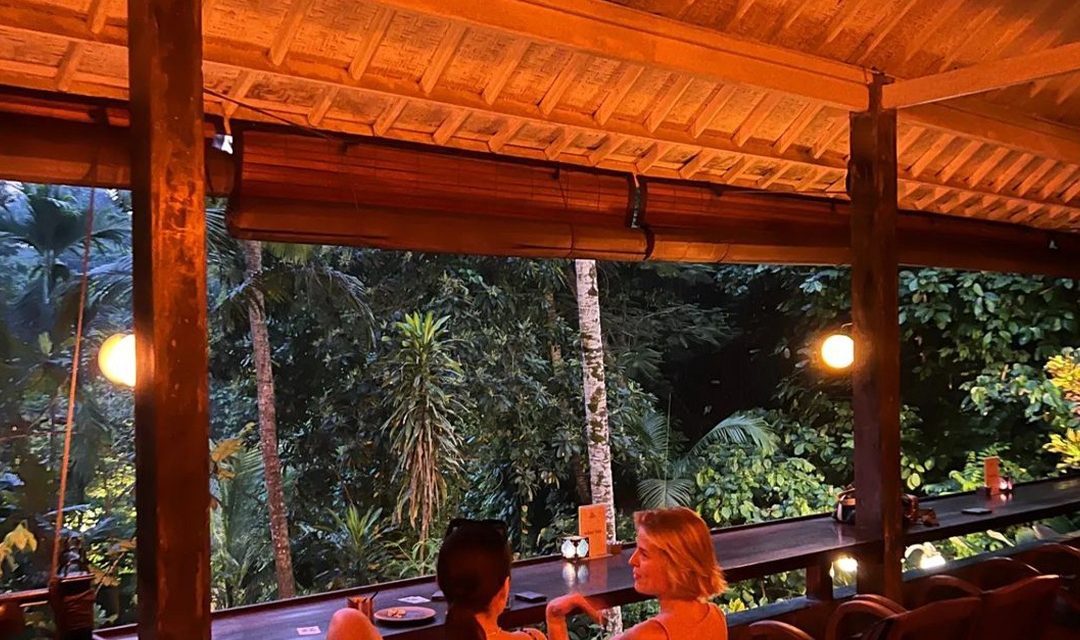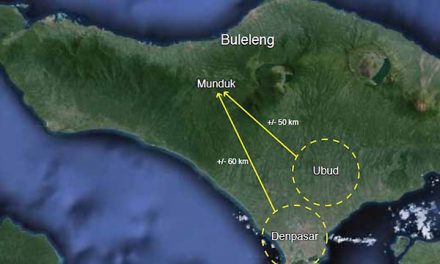If you’re a diving enthusiast or just someone who’s looking for a refreshing escape under the waves, Kuta is a heavenly destination that promises stunning underwater vistas and vibrant marine life. But just like every popular dive spot, the best experience often depends on timing. So let’s dive into the details — pun intended — and explore the Kuta diving season and the best times to visit.
Understanding Kuta’s Diving Seasons
Kuta, located in Bali, Indonesia, is a treasure trove for divers. The waters here are home to colorful coral reefs, bustling schools of fish, and sometimes even gentle manta rays. The diving season in this region is typically affected by weather patterns, which can be divided into two main seasons: the dry season and the wet season.
Dry Season (April to October)
The dry season is considered the prime time for diving in Kuta. From April to October, the weather is generally sunny, with less rainfall and calmer seas. I remember my first dive in late May — the turquoise waters were crystal clear, and I could see corals stretching far below. It felt as if I had stepped into an enchanting underwater kingdom.
Ideal Months: May to August
These months are often touted as the best time to visit Kuta for diving. Visibility can reach up to 30 meters, making it easier to spot the vibrant marine life. Picture this: you’re hovering weightlessly above a colorful reef, sunlight streaming down and illuminating everything in gold. You see clownfish darting in and out of anemones, while a curious turtle glides by. It’s these moments that you remember forever.
Advantages of Diving in the Dry Season
– Excellent Visibility: Clear waters mean you can appreciate the beauty of the underwater world.
– Marine Life Activity: Schools of fish and various species are much more active during these months.
– Great Weather: Less rain means more time for diving and enjoying the sunny beaches.
Wet Season (November to March)
The wet season in Kuta runs from November to March, bringing with it heavier rainfall and rougher seas. However, this doesn’t mean diving is impossible! In fact, if you’re looking for a quieter experience, a trip during the early wet season might have some advantages.
Ideal Months: December to February
While December usually starts with a flurry of rain, the waters can still be surprisingly clear, especially in January and February. I once took a leap of faith and went diving in early January. To my surprise, we encountered fewer crowds and still managed to see several manta rays!
Advantages of Diving in the Wet Season
– Fewer Crowds: With the rain, diving sites are less crowded, offering a more intimate experience.
– Unique Sightings: Certain marine life, like manta rays, can be more common during this time.
– Affordable Prices: Many dive shops offer discounts during the off-peak season.
Practical Advice for Your Dive Trip
1. Choose Your Dive Shop Wisely
Not all dive shops are created equal! Read reviews or join local diving communities online to find reputable operators. I once made the mistake of going with a random shop, and let’s just say, the experience wasn’t as great as it could have been. A good dive shop will provide experienced instructors, good gear, and a safety-first approach.
2. Check Local Conditions
Whether you’re heading out during the dry or wet season, always check the local weather and sea conditions before diving. Websites like Diveable and local diving forums can provide real-time reports on visibility and current conditions.
3. Bring the Right Gear
Having the right gear can elevate your dive experience. If you’re a first-timer, consider renting gear from the dive shop. However, if you have personal equipment, make sure it’s in good condition. I recall feeling much more comfortable using my own wetsuit — it just felt right!
4. Book in Advance During Peak Season
If you’re planning to visit during the summer months, it’s best to book your dives in advance. Kuta can get busy, and you don’t want to miss out on diving opportunities.
5. Embrace Flexibility
One thing I love about diving is that you never know what you might encounter. Keep your schedule flexible to accommodate weather changes or unexpected opportunities, like a spontaneous night dive.
Conclusion
Choosing the right time to dive in Kuta can significantly influence your underwater experience. Whether you decide to visit during the vibrant dry season or opt for the quieter, more peaceful wet season, Kuta’s waters will always have something special to offer. So pack your bags, grab your dive gear, and get ready to embark on an unforgettable underwater adventure!Whether you’re experiencing the thrill of swimming alongside a school of fish or marveling at the beauty of coral reefs, every dive in Kuta will leave you with stories to share and memories to cherish. Happy diving!






